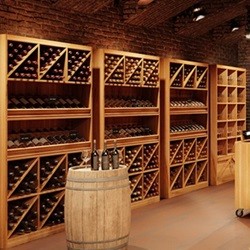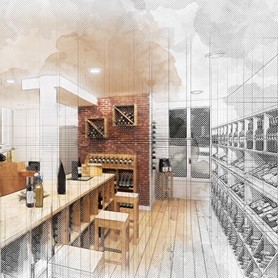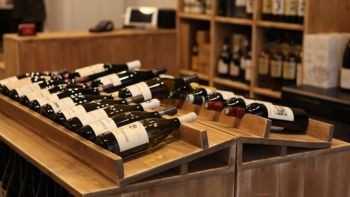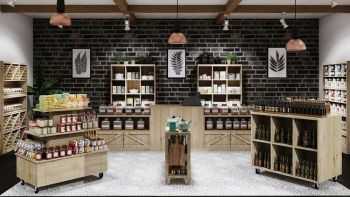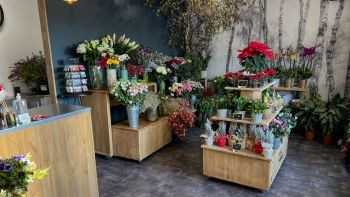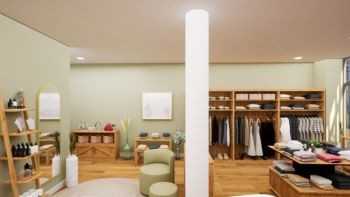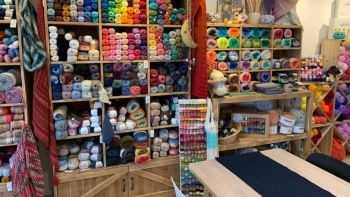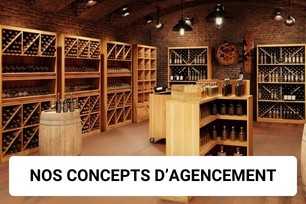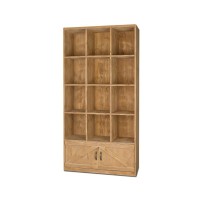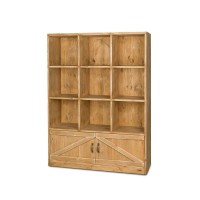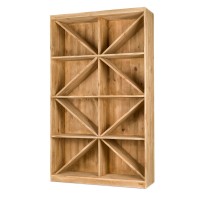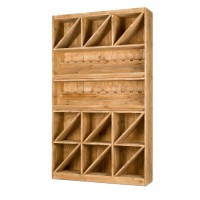Wine merchants: how to use solid wood shelves with racks?
As a wine merchant, you know how important the presentation and storage of your wine are. This is why solid wood shelving can be an ideal solution for your business. It is, therefore, crucial to include this furniture in your shop layout. Not only does this furniture provide an elegant display for your wine, but it also allows for efficient organization and optimal use of storage space. Here is an overview of some of the key uses of wine racks for wine merchants.
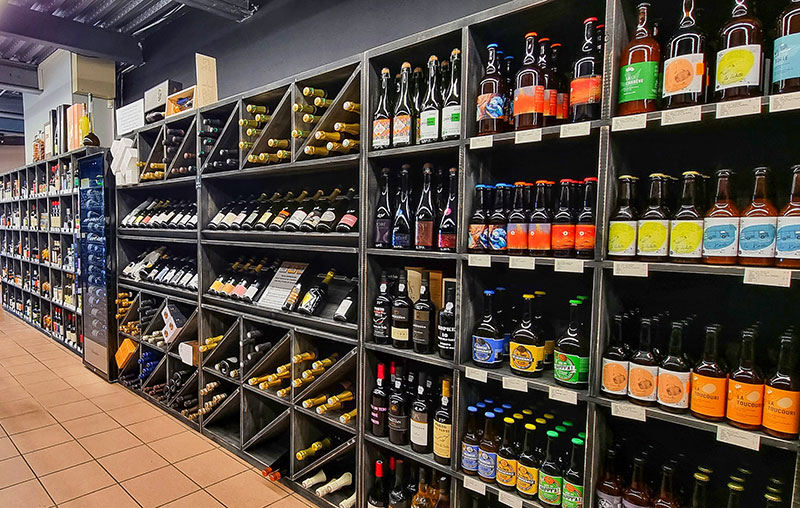
Wine racks as a means of storing wine bottles
Rack shelving units are an excellent choice for wine merchants looking to store their wine bottles in a practical and professional manner. As well as providing easy organization and more efficient stock management, rack shelving can also be used to display wines on the sales floor.
The advantage of storing your products on the sales floor is that it allows customers to see and touch them, which can encourage them to buy. Bottle racks provide an elegant and orderly display that attracts the attention of consumers and creates an impression of quality and professionalism.
To replenish racks, it is important to keep an up-to-date list of your stock and check levels often. You can also organize your racks so that the most popular bottles are effortlessly accessible. By using rack dividers, you can also adjust the space to suit your storage needs.
It is best to store them horizontally rather than vertically, as this keeps the cork moist and preserves the quality of the wine. If you must store bottles vertically, it is important to rotate them several times to prevent the cork from drying out.
Finally, to optimize the use of the bottle racks, it is crucial to choose a piece of furniture with a height and depth adapted to the layout of the shop. You can also personalize the racks with labels to make it easier for customers to find what they want. By using the above tips, you can store and display your wine bottles professionally and efficiently.
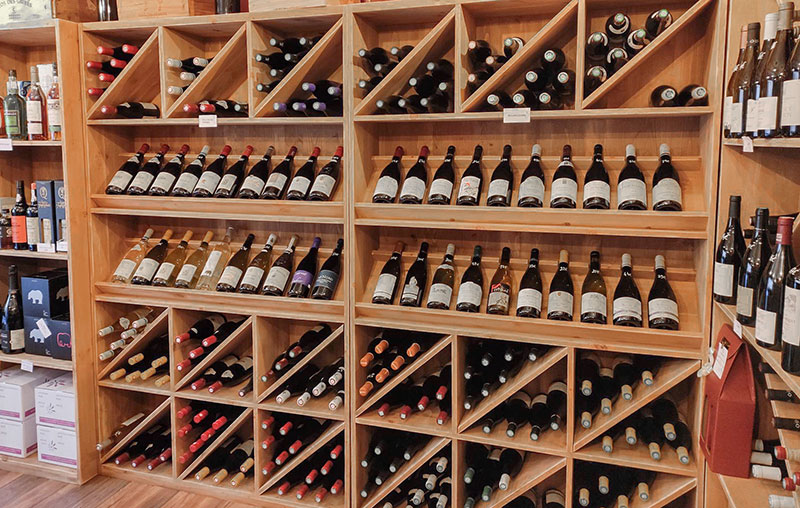
Wine racks for segmenting bottles in different ways
It is important to note that the segmentation of wine bottles can be done in a number of ways depending on your range and customer base. It can be done by wine region, vintage, grape variety, producer, type of wine, price, or any other characteristic relevant to your business.
If you choose to split by region, you can group wines by country or sub-region according to your stock. This is especially useful if your customer base is made up of connoisseurs who are looking for specific terroir wines.
Segmentation by vintage allows you to highlight older or newer wines, which can attract customers' attention. This technique is particularly relevant if you offer wines for aging or if you have wines that have historical or cultural value.
Separation by grape variety is ideal if you have a wide selection of wines from different grape varieties, such as Cabernet Sauvignon, Merlot, Pinot Noir, etc. This method makes it easy for customers to find the wines they prefer.
When organizing the bottle shelves, it is important to think about the accessibility of the bottles. The most coveted ones should be easily accessible and visible to buyers. You can also use customized solid wood racks with labels to help customers find the bottles they are looking for.
Finally, don't forget to re-evaluate your segmentation several times to ensure that it meets the needs of your customers and is appropriate for your wine inventory. By making regular changes to your organization, you can improve your customers' shopping experience and increase your sales.
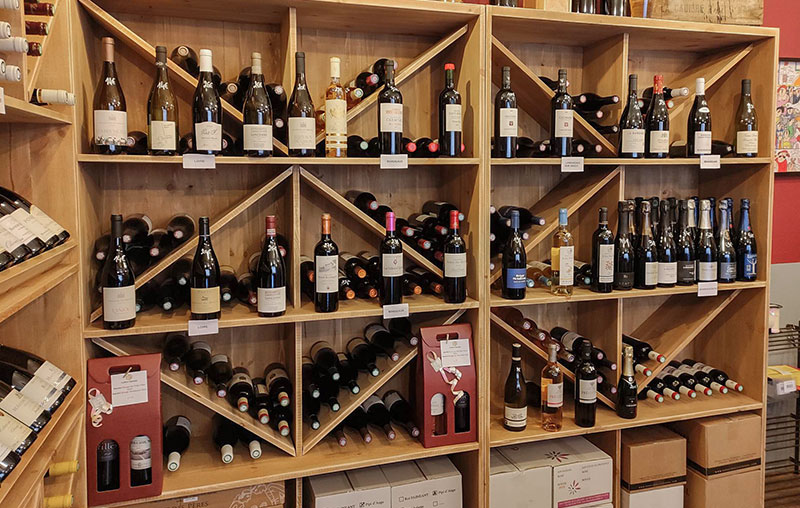
Using rack shelving as a sales aid
This type of furniture is an excellent tool for segmenting bottles of wine. As we explained earlier, bottles can be segmented according to a number of criteria, allowing customers to easily find what they have entered your store for. This also simplifies stock rotation by allowing you to see at a glance which bottles are in stock and which need to be restocked.
To make it easier for you to divide up your products and to make it easier for your shoppers to read, make sure you use clear and precise signage. This is essential to help consumers make an informed choice when buying wine. So here are some simple and effective ways to implement signage in your shop:
- Labels are an obvious and convenient way to submit the necessary information on each bottle. You can stick them directly on the racks or hang them up with cords.
- If you want to provide more detailed information about the products you offer, you can use explanatory signs. These can be placed next to the racks or hung above them to help customers find their way around.
- In order to facilitate the segmentation of wine bottles on your rack shelves, you can manipulate color codes. For example, you can use a different one for each region or for each type of wine. Don't forget to specify the color correspondence on a "legend" plate.
- If you want to provide more interactive information about your wines, you can use digital tablets. These can be placed next to the racks to allow customers to access detailed information about each bottle.
Whichever method you choose, it is important to ensure that your signage is clear and easy to read. Customers should be able to easily find the information they need to make an informed buying decision.
In addition, the rack shelves offer adequate protection against light, moisture, and vibration, which is essential to preserve the quality of the wine. Customers can therefore be assured of the quality of their purchase.
Finally, a well-designed rack shelf can help promote the diversity and variety of the wines you offer. You can organize bottles according to the origin, grape variety, or price range, making it easier for customers to discover new flavors. It can also help attract customers by offering a varied choice and showing expertise in selecting quality wines.
Finally, dedicated bottle racks are an excellent investment for wine merchants looking to optimize their storage space, organize their wine selection and present it in a stylish and professional manner to buyers.
